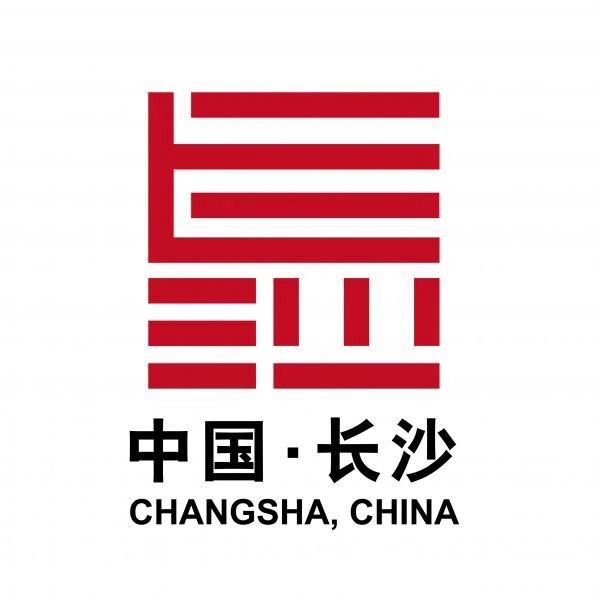Changsha, known as the Star City, is the capital of Hunan Province. As of 2018, the city covered a total area of 11,819 km², including a built-up area of 434.82 km², its permanent population reached 8.1547 million with the urban populace of 6.4523 million or 79.12%, and its GDP came up to 1.100341 trillion yuan.
Located in the lower reaches of Xiangjiang River, Changsha, in Central China, is the place where Beijing-Guangzhou, Shanghai-Kunming, and Chongqing-Xiamen high-speed railways meet and the junction of integrated transport and national logistics. The city also serves as the pilot zone of comprehensive supporting reform in the construction of Two-oriented Society (Resource Saving & Environment Friendly), China's essential base for crop production, and one of the node cities in the city cluster along the middle reaches of the Yangtze River and on the Yangtze River Economic Belt.
Changsha was rated as one of the first famous Chinese historical and cultural cities, with its name and location surviving for 3 millennia. The city is known as the Home to Qu Yuan and Jia Yi, the City Famous for Civilizations of Chu and Han and the Land of Confucianism in Hunan. There are Mawangdui tombs of the Han Dynasty, the Four-goat Square Zun, bamboo and wooden slips from the State of Wu in Three Kingdoms, Yuelu Academy, Tongguan Kiln, and many more historical sites on this land noted for the all-embracing Huxiang Culture passed down from generation to generation to meet present needs. Further, the city is one of the places of origin of the Hundred Days' Reform (1898), the old democratic revolution, and the new democratic revolution, in which figures like Huang Xing, Cai E, and Liu Shaoqi played a great role.
Changsha is appraised as the Best City of an International Image in Mainland China, and the City of East Asian Culture and the world’s City of Media Arts as well as the “Xiang Army” of TV, the “Xiang Army” of Publication and the “Xiang Army” of Animation among other cultural titles. Furthermore, the city has 51 colleges and universities, 97 independent research institutes, 73 academicians from Chinese Academy of Sciences and from Chinese Academy of Engineering, 14 national engineering research centers, and 15 state key laboratories of engineering. Research achievements made in Changsha include hybrid breeding of rice, Tianhe or Milky Way supercomputers, and China's first 3D sintering printer. Changsha was at number 266 in the list of 2019 Global Top 500 Cities.







